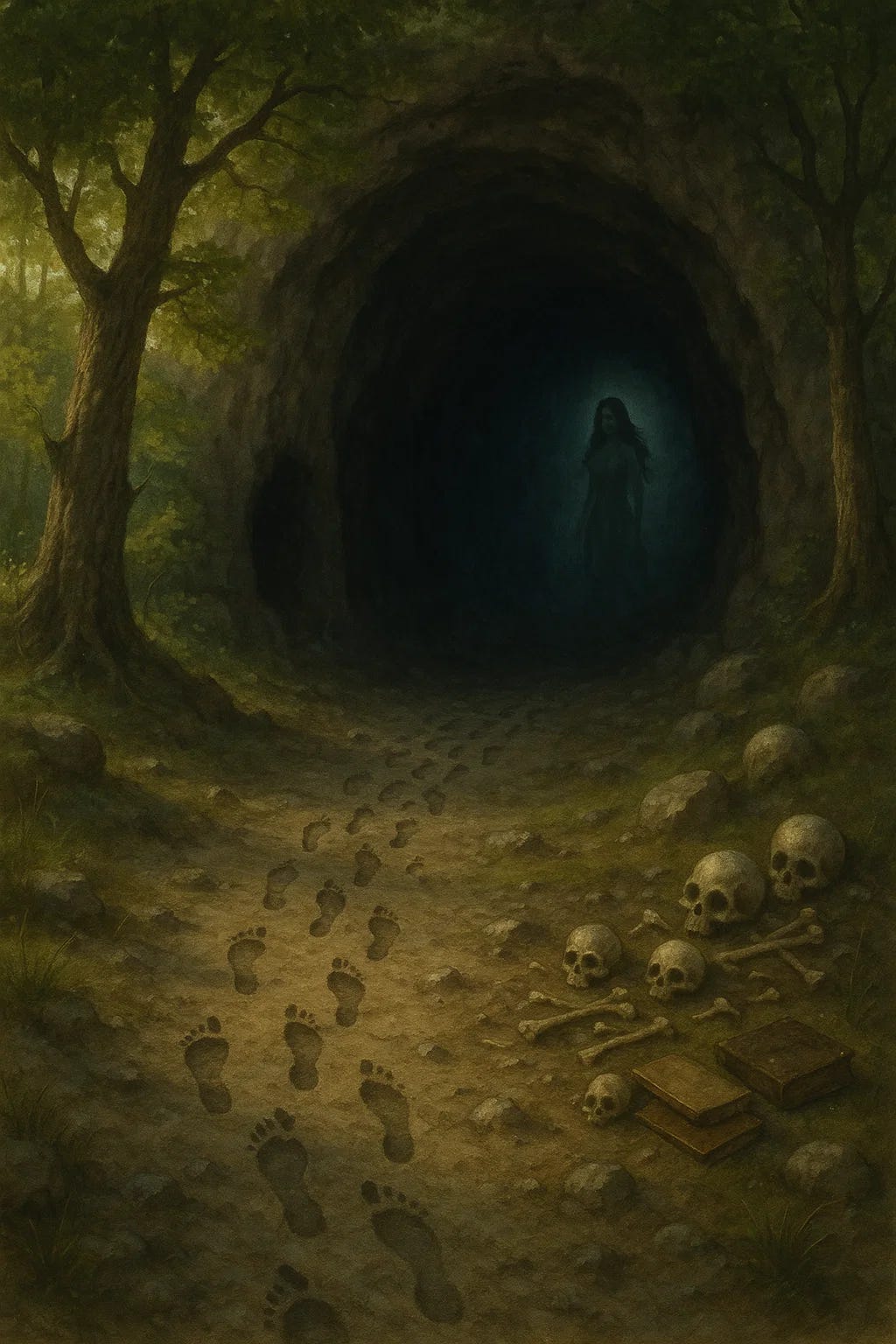There are many footprints around the cave of this mystery, none of them pointing in the outward direction. No one has ever attempted a solution of the problem without leaving a book behind him; and the shrine of Shakespeare is thickly hung with these votive offerings, all withered and dusty. No one has ever sought to gain access to this heaven of poetry by a privileged and secret stairway, without being blown ten thousand leagues awry, over the backside of the world, into the Paradise of Fools. The quest remains unachieved.
—Professor Sir Walter Alexander Raleigh, on the mystery of the Sonnets1
Over the last two centuries, and especially in recent decades, we have made astonishing progress in biology, physics, chemistry, medicine, technology--in all fields of intellectual inquiry—except for Shakespeare studies. And while, yes, most of you reading this do know many previous mysteries about Shakespeare have now been answered, including the origin of the plays, the First Folio, Ben Jonson’s Ode, etc., But there’s still another origin story that I have avoided till now: the Sonnets.
First, consider how strange it is that we know so little about them. Shakespeare is the most well-researched figure in literary history, and he has written the most oft-analyzed sequence of poems. Yet out of his 154 sonnets, we still have not discovered the addressee of a single one. New books appear every few years, raising swords before new candidates. Some have declared them inscrutable; others have dismissed them as mere literary exercises. To put this in perspective: while we have solved the origin of life, cured bacterial infections, invented computers, detected gravitational waves, imaged black holes, landed robots on Mars, unraveled the genetic code for life, and are at the dawn of AGI, we still have no idea whom the world’s most famous poet was comparing "to a summer’s day." We still don’t know whose eyes were "nothing like the sun."
But shouldn’t all our new information-tech be able to help here? Can’t our new inventions finally illuminate the identities of the subjects of the world’s most famous poems? Of course, they can, and they have. The dates and the purpose of the sonnets, as well as the identities of the Dark Lady, the Fair Youth, and the Rival Poet have now finally been solved—as have the identities of other subjects of the poems that no one suspected.
Keep reading with a 7-day free trial
Subscribe to All The Mysteries That Remain to keep reading this post and get 7 days of free access to the full post archives.


